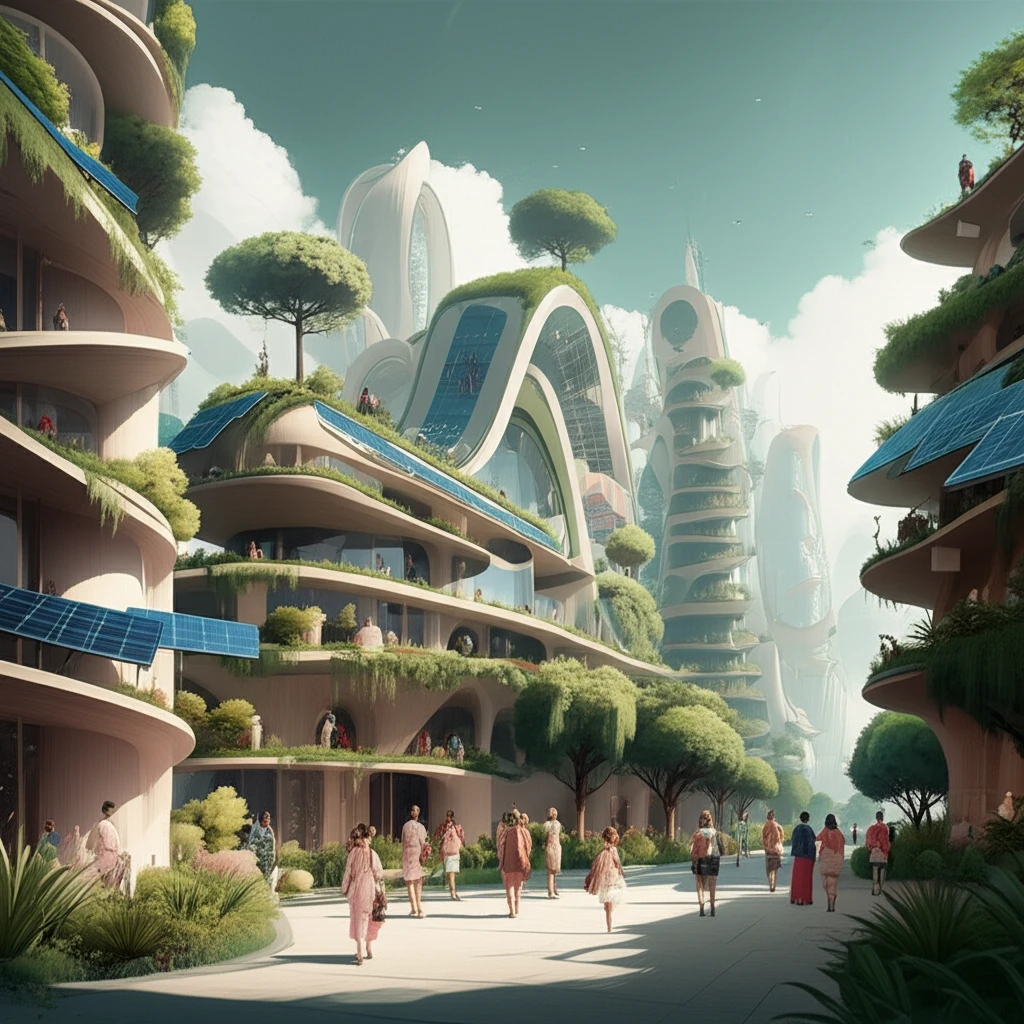Eco-Chic Future: Top 10 Sustainable Fashion Trends to Watch in 2025
Discover the top 10 sustainable fashion trends for 2025, from circular models and bio-based fabrics to digital fashion and fair labor practices. Learn how to embrace eco-chic style.

As we step closer to 2025, the fashion industry continues its monumental shift towards sustainability. What was once a niche concern is now a driving force, influencing everything from design to production and consumer habits. Sustainable fashion isn't just a trend; it's the imperative future of style, driven by a growing awareness of environmental impact and ethical responsibility. For conscious consumers and industry leaders alike, understanding these evolving trends is key to making a positive difference.
Ready to update your wardrobe and your mindset? Let's dive into the top 10 sustainable fashion trends that are set to define 2025, offering both style and substance for a better planet.
The linear "take-make-dispose" model is out; circularity is in. In 2025, more brands will adopt strategies that keep materials in use for as long as possible. This includes robust repair services, take-back programs for recycling, and innovative methods to transform textile waste into new products.
The future of fabric lies in nature. Expect to see an explosion of innovative materials derived from plants, fungi, and even algae. Think mushroom leather (Mylo), pineapple leaf fibers (Piñatex), orange silk, and fabrics made from agricultural waste. Regenerative agriculture practices for materials like organic cotton and hemp will also gain traction, focusing on soil health and biodiversity.
While seemingly futuristic, digital fashion offers a tangible reduction in physical waste. Virtual clothing, augmented reality try-ons, and NFTs (Non-Fungible Tokens) representing unique digital garments are gaining popularity. This trend allows for creative expression without consuming physical resources, and can even influence real-world design without prototypes.
Consumers are demanding to know "who made my clothes" and "where were they made." 2025 will see an emphasis on hyper-local production, reducing transportation emissions, and fostering stronger community ties. Brands will also be more transparent about their entire supply chain, from raw material sourcing to manufacturing processes and worker conditions.
Ownership is no longer the only option. The rental and resale markets are booming, offering stylish alternatives that extend the lifespan of garments and reduce the need for new production. Platforms for renting occasion wear or reselling pre-loved items are becoming mainstream, making fashion more accessible and sustainable.
Less is truly more. The minimalist movement will continue to influence fashion choices, encouraging consumers to invest in high-quality, versatile pieces that can be mixed and matched to create numerous outfits. This approach reduces impulsive purchases and emphasizes timeless style over fleeting trends.
Creativity meets sustainability with upcycling. Transforming old or discarded items into new, unique garments reduces waste and encourages personal expression. From patchwork designs to embroidery and garment reconstruction, DIY customization breathes new life into existing wardrobes.
Textile dyeing is notoriously water-intensive and polluting. In 2025, expect wider adoption of innovative dyeing methods that significantly reduce water consumption and eliminate toxic chemicals. Technologies like air dyeing, CO2 dyeing, and natural dyes sourced from plants will become more prevalent.
Sustainability extends beyond environmental impact to social justice. 2025 will see an increased focus on ensuring fair wages, safe working conditions, and diverse representation throughout the fashion supply chain. This includes supporting artisanal communities and championing fair trade practices.
Brands are realizing that educating consumers is vital for driving sustainable change. Expect more transparent communication about sustainability efforts, clearer labeling, and engaging storytelling that empowers consumers to make informed choices. This includes highlighting the environmental benefits and ethical implications of each product.
The journey towards a fully sustainable fashion industry is ongoing, but these 10 trends for 2025 offer a clear roadmap for progress. By embracing innovative materials, circular systems, digital solutions, and a renewed focus on ethics and transparency, we can collectively redefine what it means to be fashionable. Your choices as a consumer hold immense power. Let's make them count and step into a more stylish, sustainable future.